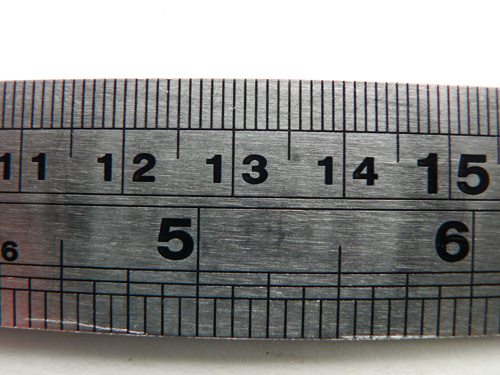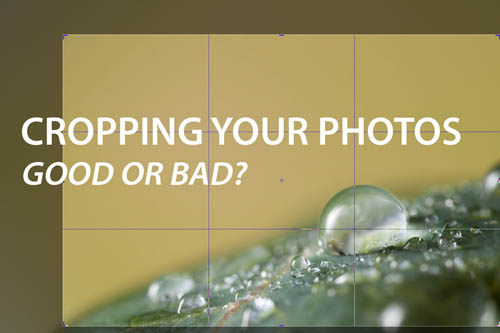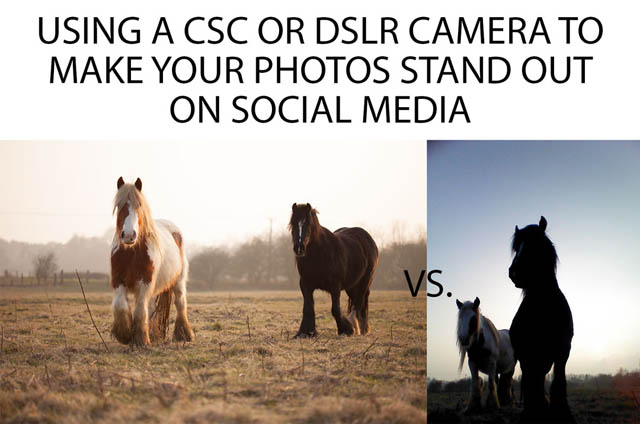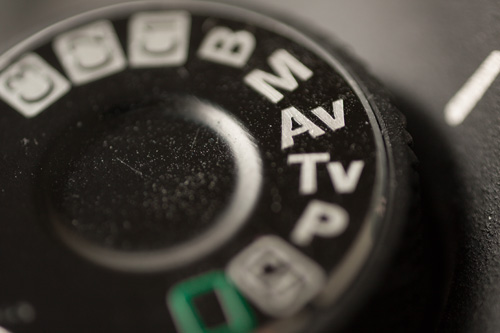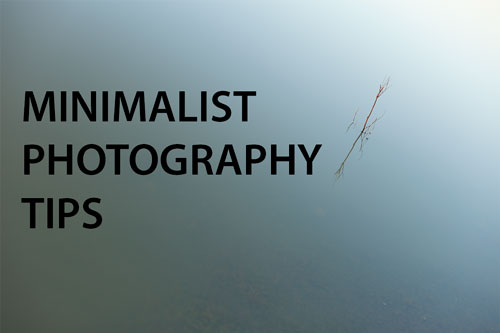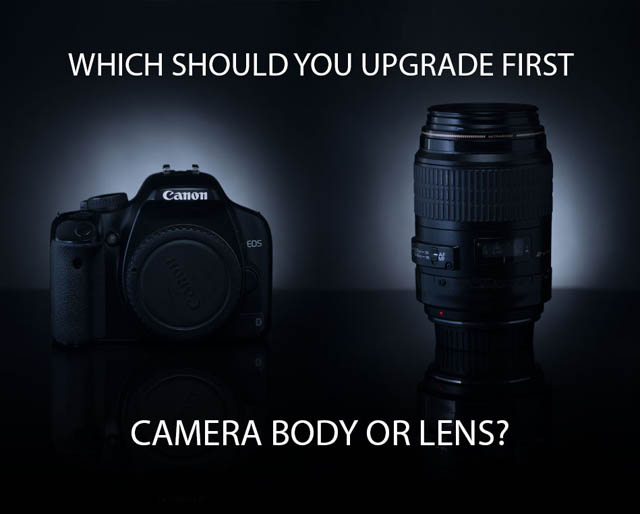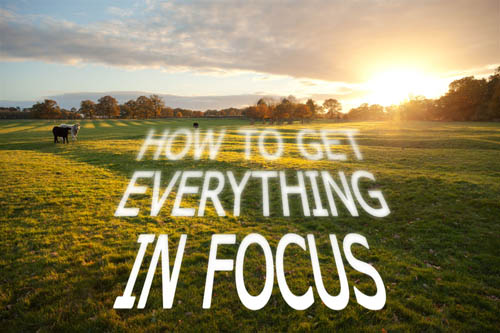Soft focus filters are used for reducing the local contrast in an image, and sometimes also for adding a kind of dreamy glow. The main use for this is in portrait photography - the filter reduces the appearance of fine detail such as skin pores, giving a smoothing effect.
The effect is not the same as just blurring an image. A good quality soft focus filter reduces the contrast of fine detail rather than blurring it away.
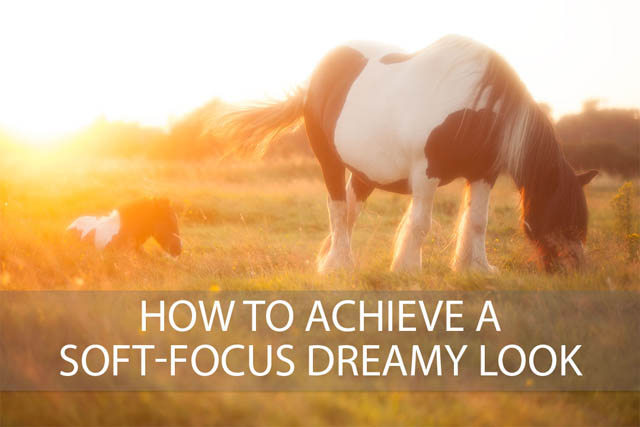
Soft focus effects were often used in Hollywood films in the 1950s for scenes with the leading actress. If you look closely when watching these films you can clearly see how the look of the image changes when a scene alternates between showing the male lead and the female lead.
Because of their heavy use in Hollywood, the look given by a soft focus filter is sometimes referred to as the 'Hollywood look'. In this article we'll look at several ways you can produce the same effect in your own photography.
Read the rest of this entry »
